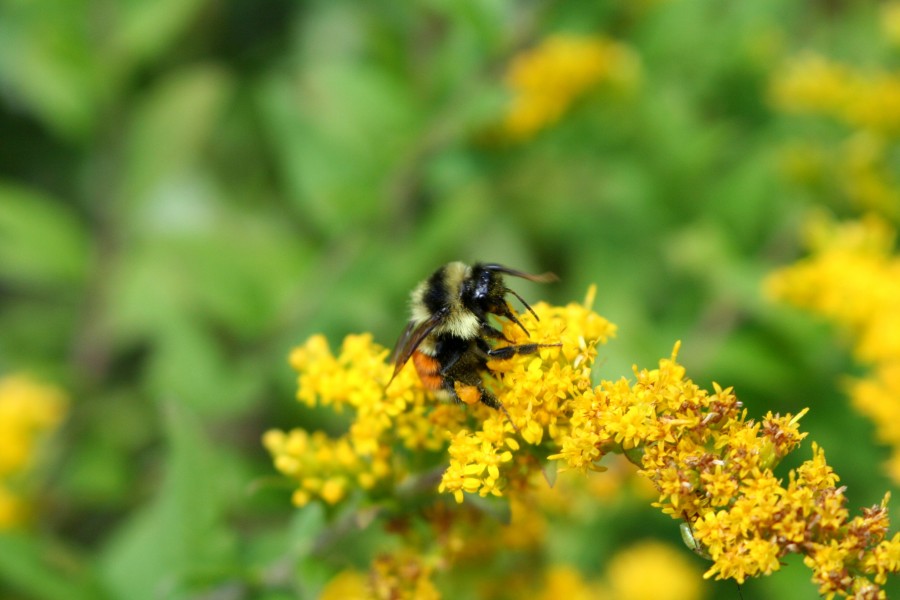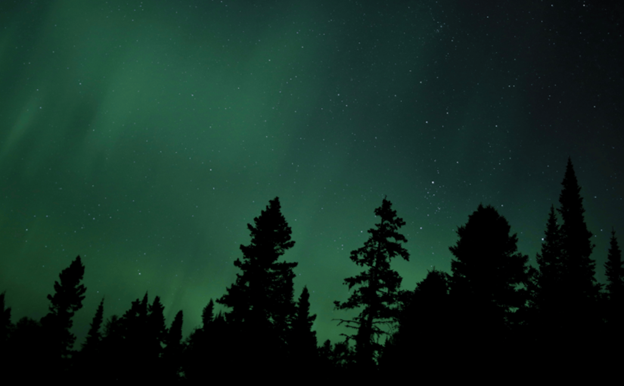You’re out in the woods and a bird flies by. Not sure what is it? There’s an app for that.
Today’s smartphones make ideal field guides. Photograph a butterfly sipping nectar. Video a slow-moving turtle. Record a birdsong. Then look it up, find a match, and enter your geotagged observations in a virtual field book.
These virtual field guides often support citizen science. You just share what you see. Scientists, researchers and conservationists use the crowdsourced data to look at climate change, track migration and monitor species at risk and sensitive ecosystems.
Here are a few popular apps:
1. EDDMapS Ontario
Price: Free
Platform: iPhone, Android
Website: www.eddmaps.org/ontario/
Think it’s tough to keep a garden weed-free? Imagine trying to control invasive species. These intruders muscle their way into an ecosystem, and crowd out the native flora and fauna.
EDDMapS (Early Detection and Distribution Mapping System) lets ordinary citizens report invasive species. The app has a mugshot and rap sheet for Ontario’s “most wanted.” If you find a suspected eco-invader, just snap a picture. Your phone’s built-in GPS flags the exact location. Then upload your sighting to EDDMapS.
Scientists, researchers, farmers, municipalities and environmentalists use your data to monitor, track and remove invasives, and protect the species that belong in the ecosystem.
2. iNaturalist
Price: Free
Platform: iPhone, Android
Website: http://www.inaturalist.org
If you want to explore ecosystems around the world, iNaturalist is the app for you. It contains over two million sightings of 85,000 species, contributed by a global community of naturalists, scientists and ordinary citizens.

It’s not just a field guide. It’s an encyclopedia of field guides, with rich resources and projects that will satisfy the keenest nature lover. It’s often the app of choice for bioblitzes.
Don’t let its size and scope scare you away. If you’re a newbie, you’ll find plenty of how-to videos to get you started. Its friendly community will also help you ID your sightings.
3. Leafsnap
Price: Free
Platform: iPhone only (Android under development)
Website: http://leafsnap.com/
Anyone can ID a maple tree. But how do you identify an unfamiliar tree?
It’s a snap with Leafsnap, a guide to more than 130 common Ontario trees. Leafsnap uses visual recognition software. Just hold one leaf against a white background—a piece of paper will do—and “Snap It.”

Compare your mystery tree to a shortlist of potential matches. Each species has a gallery of high-res pics to help you make the right choice. Your collection become part of a geotagged virtual forest.
4. Ontario Reptile and Amphibian Atlas
Price: Free
Platform: iPhone, Android
Website: www.ontarionature.org/atlas
This made-in-Ontario app keeps tabs on some of Mother Nature’s most misunderstood critters—turtles, frogs, toads, salamanders, snakes, and the province’s only lizard. Their numbers are shrinking. In fact, 75 percent of reptiles and 35 percent of amphibians are nationally and provincially at-risk.

It takes just 30 seconds to report a sighting. So if you see a snake slide by or a snapping turtle sunning itself, take a pic and send it in. Or get involved in conservation projects like frog surveys and turtle tallies. A little help can make a big difference.
5. eBird
Price: Free
Platform: iPhone, Android
Website: http://ebird.org/content/canada/
Birdwatching is the granddaddy of citizen science, and eBird is birding’s biggest database. The Ontario eBird community alone has notched ten million observations.

The eBird app is a real-time online checklist that includes birds around the world. One nice feature? You can even enter sightings when there’s no cell service.
Many scientists, conservationists and policy-makers tap into eBird data. It’s also the app of preference for many Ontario birding projects.
6. Journey North
Price: Free
Platform: iPhone, Android
Website: http://journeynorth.org/monarch/
Have you noticed how few monarch butterflies you see these days? Every spring, fewer and fewer return to southern Ontario from their winter in Mexico.

Journey North monitors the monarch migration. They’re counting on you to report monarchs you spot. The crowdsourced observations are mapped online. You can watch the monarchs inch closer and closer each spring
Will you spot the first one this year?
7. Bumble Bee Watch
Price: Free
Website: http://www.bumblebeewatch.org
Bees are feeling the sting lately. These important pollinators are fighting a double whammy of disease and pesticides.

Bumble Bee Watch tracks North American bumble bees, but it isn’t an app, like the others. You submit your sightings on the website. While you’re there, check out the cool wildlife photography tips.
So next time you explore a park…
…why not load up a citizen science app? That way, you can explore Mother Nature’s biodiversity while helping us preserve it.




